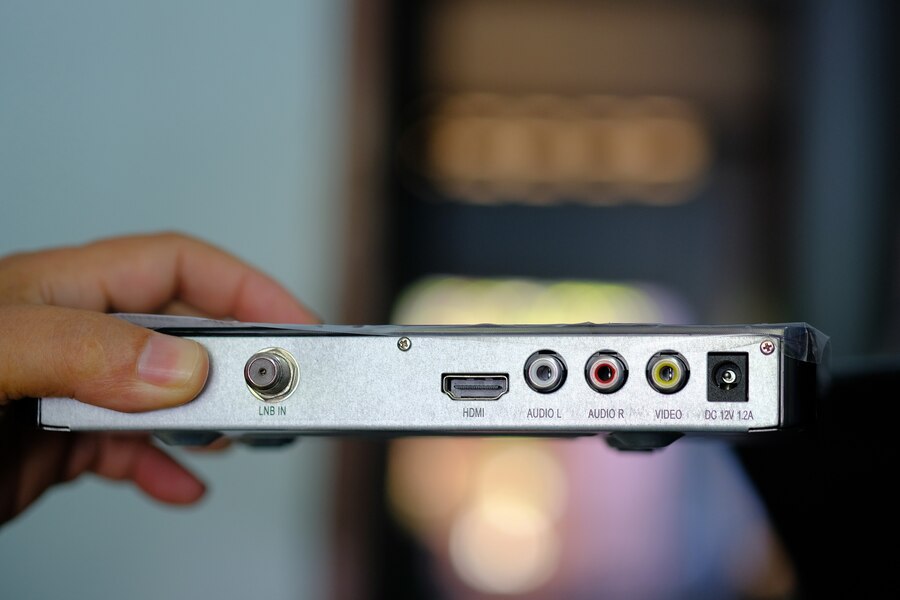The current development in the communication industry from the ISDN to the current communication technologies has marked a shift. However, many business entities and imports are faced with what might be referred to as an “ISDN switch off delay,” meaning that ISDN services are either being delayed or phased out gradually. It is vital for stakeholders to identify the reason why such a delay has occurred and to look for ways how to deal with this issue.
Causes of ISDN Switch Off Delay
- Legacy Systems and Infrastructure: ISDN switch off delays is another issue commonly affecting many countries, and one of the major contributing factors is the use of rather outdated legacy systems. Today, it has become widely used and many businesses that have used ISDN for many years have included this technique in their main elements. These systems are usually difficult, time-consuming and expensive to upgrade and hence a stumbling block to the switch off process.
- Business Continuity Concerns: Thus, for many organizations in general and especially for such sectors as, for example, finance, healthcare, and emergency services, the ability to maintain uninterrupted communication is decisive. This invariably leads to conservative planning and the process of implementation being spread out over a certain period, hence lengthening the time necessary for avoiding ISDN services.
- Technical Challenges: Migrating to new forms of communication technology like VoIP or UC is not an easy task that is purely based on technology issues. This may apply in some projects, and factors such as compatibility of the new system with the previous ones, staff training and maintenance of network settings may slow down the implementers work. Also, the new technologies being introduced have to be as good as ISDN in terms of quality, and this can prove challenging.
- Regulatory and Contractual Obligations: There are instances whereby the ISDN switch-off is postponed due to the set regulations and formal contracts with service providers. Several organizations retaining their ISDN connections may be tied by legal CTs or particular regulations that require organizations to keep on using ISDN except under some conditions or until other solutions are completely facilitated.
- Cost Considerations: Cost savings, as a result of moving away from ISDN, can also be expressed in tens of millions of pounds per annum. Acquiring and implementing new hardware, software and employee training are also costly hence discouraging to some companies. The initial costs that are usually incurred when one plans to adopt new technologies means a delay as companies strategize on how to finance these improvements.
Solutions to Address ISDN Switch Off Delay
- Develop a Comprehensive Migration Plan: Thus, to avoid such consequences, corporations have to draw a viable migration plan in case of the ISDN switch off delay. Bound within this plan should be detailed plans for swapping to new forms of communications along with time horizons, costs, and controls for the risks associated with such an agenda. There is always information and tips that one can gain from consultants or service providers who have been in the business long enough.
- Conduct a Technology Assessment: The current state of the technology needs to be reviewed and the requirements that can be met and gaps that cannot be filled by the existing systems has to be enumerated. This assessment can be used to determine the best options that can replace ISDN to allow the new solutions to meet the intended business needs and performance levels.
- Invest in Training and Support: It is also here that proper training and support are also needed so there can be a proper transition. By making sure that staff is aware of the change and offering their constant assistance during implementation, the change of technologies will be smooth. Also, continuous engagement with service provides is necessary to solve all the technical problems that could be likely to occur during the process of the change over.
- Evaluate Financial Options: For the problem of cost sensitivity, especially regarding major IT capital expenditures, the firms need to consider the nature of financing available, or phased rollouts, leasing, or financial leasing options. Said main reasons for the breaking part: The proposed and planned large scale investment can be minimized in its financial impact by dividing it into several phases and therefore the change challenge can also be best tackled by the same manner.
- Plan for Contingencies: This is a critical area that should be embraced so as to be in a better position to counter every challenge and disruption. It is recommended to prepare a communication plan that identifies the possible means of communication in case of the loss of the primary channels and disaster recovery plans for the company in case of interruptions during the transition.
Conclusion
Therefore it can be concluded that even if ISDN switch off delay may pose certain issues, an insight into the reasons and their management may help guide a more fluid transfer to the contemporary means of communication. Migrating from traditional methods of telephone calls to more effective business tools means having to plan the migration process, evaluate the needs of technology, establish adequate training methods, study through the different financial strategies, and prepare for contingencies accordingly.



